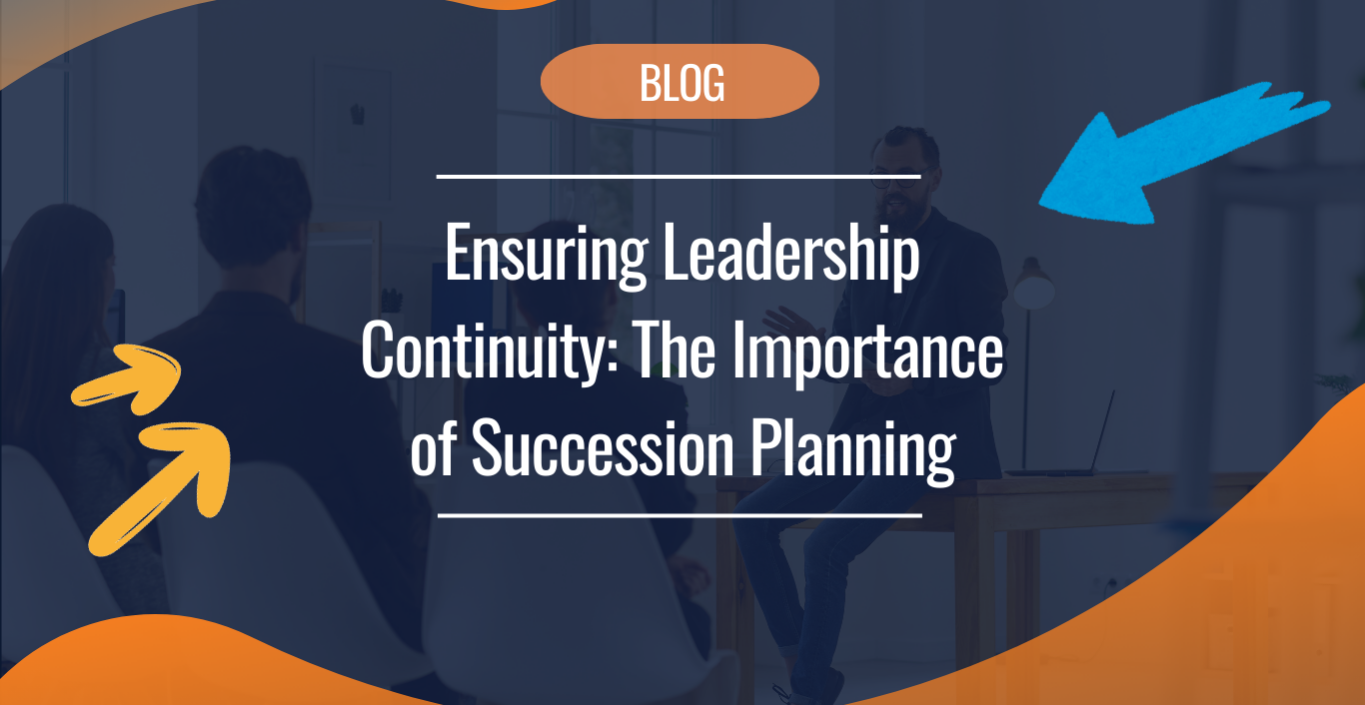In today’s fast-paced and ever-evolving business landscape, ensuring the continuity of leadership is more critical than ever. Organizations that fail to plan for future leadership transitions risk facing disruptions, losing valuable knowledge, and experiencing declines in team performance. This is where succession planning comes into play. Succession planning is a strategic approach to identifying and developing future leaders within the organization, ensuring a smooth transition when current leaders step down or move on. In this blog, we will delve into the significance of succession planning, explore its key components, and highlight the benefits it brings to businesses of all sizes. Whether you’re a small business owner or part of a large corporation, understanding and implementing effective succession planning can safeguard your organization’s future and set it on a path to sustained success.
Succession planning offers numerous benefits that extend beyond ensuring leadership continuity:
- Enhanced Organizational Stability: By having a succession plan in place, organizations can ensure smooth transitions during leadership changes, minimizing disruptions to operations and maintaining business continuity.
- Increased Employee Engagement and Retention: Employees are more likely to stay with a company that invests in their development and provides clear career progression opportunities. Succession planning boosts morale and loyalty by demonstrating that the organization values its talent and is committed to their growth.
- Improved Talent Management: Succession planning allows organizations to proactively manage their talent pool. By identifying high-potential employees early, companies can provide targeted development opportunities and avoid the pitfalls of reactive hiring.
- Cost Savings: Replacing key leaders can be expensive and time-consuming. Succession planning reduces the costs associated with external recruitment and onboarding by promoting from within and ensuring internal candidates are ready to step into leadership roles.
- Future-Proofing the Organization: By focusing on long-term leadership development, succession planning helps organizations build a resilient and adaptable leadership team that can navigate future challenges and changes in the business environment.
- Enhanced Leadership Development: Succession planning encourages a culture of continuous learning and improvement. It provides structured development programs that enhance the skills and capabilities of future leaders, preparing them for greater responsibilities.
- Strengthened Organizational Culture: Promoting from within reinforces the organization’s values and culture. It ensures that leaders who understand and embody the company’s mission and vision are at the helm, fostering a strong and cohesive organizational culture.
- Mitigation of Risks: Succession planning helps identify potential gaps and vulnerabilities in leadership. By addressing these proactively, organizations can mitigate risks and ensure that they have capable leaders ready to step in when needed.
By leveraging these benefits, organizations can create a robust leadership pipeline that drives sustained success and competitiveness in the market.








Saved as a favorite, I really like your website!